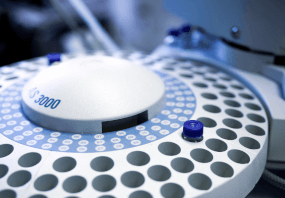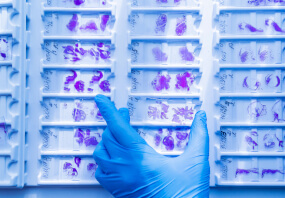General description
Polyglutamine-binding protein 1 (PQBP1), also known as PQBP-1, 38 kDa nuclear protein containing a WW domain, Npw38, Polyglutamine tract-binding protein 1, is encoded by the gene name PQBP1/ NPW38/ JM26. Recent studies have implied that PQBP1 may suppress the ability of POU3F2 to transactivate the DRD1 gene in a POU3F2 dependent manner. PQBP1 has also been shown to activate transcription directly, or via association with the transcription machinery. PQBP1 might be involved in ATXN1 mutant-induced cell death. PQBP1 has been shown to interact with POU3F2/Brn-2, ATXN1, TXNL4A, HTT and AR. Interaction with ATXN1 correlates positively with the length of the polyglutamine tract. In addition, PQBP1 interacts with RNA polymerase II large subunit in a phosphorylation-dependent manner. PQBP1 forms a ternary complex with ATXN1 mutant and phosphorylated RNA polymerase II. PQBP1 is widely expressed with high levels in heart, skeletal muscle, pancreas, spleen, thymus, prostate, ovary, small intestine and peripheral blood leukocytes. Mutations in PQBP1 have been associated with Renpenning syndrome 1 (RENS1), an X-linked mental retardation syndrome characterized by mental retardation, microcephaly, short stature, and small testes.
Immunogen
Epitope: unknown
KLH-conjugated linear peptide corresponding to the unknown of Human PQBP1.
Application
Anti-PQBP1 is an antibody against PQBP1 for use in WB, IH.
Immunohistochemistry Analysis: A 1:50 dilution from a representative lot detected PQBP1 in human cardiac myocytes and pancreatic tissue.
Research Category
Neuroscience
Research Sub Category
Developmental Neuroscience
Quality
Evaluated by Western Blotting in Human Hippocampus tissue lysate.
Western Blotting Analysis: A 0.5 µg/mL dilution of this antibody detected PQBP1 in 10 µg of Human Hippocampus tissue lysate.
Target description
~38 kDa observed. Predicted to cross-react to Isoforms 1, 2, 3, and 6. Maybe detected upon longer exposure times.
Physical form
Antigen Affinity Purified
Purified rabbit Polyclonal in buffer containing 0.1 M Tris-Glycine (pH 7.4), 150 mM NaCl with 0.05% sodium azide.
Storage and Stability
Stable for 1 year at 2-8°C from date of receipt.
Other Notes
Concentration: Please refer to lot specific datasheet.
Disclaimer
Unless otherwise stated in our catalog or other company documentation accompanying the product(s), our products are intended for research use only and are not to be used for any other purpose, which includes but is not limited to, unauthorized commercial uses, in vitro diagnostic uses, ex vivo or in vivo therapeutic uses or any type of consumption or application to humans or animals.
biological source: rabbit. Quality Level: 100. antibody form: affinity isolated antibody. antibody product type: primary antibodies. clone: polyclonal. purified by: affinity chromatography. species reactivity: human. species reactivity (predicted by homology): primate (based on 100% sequence homology). technique(s): immunohistochemistry: suitable, western blot: suitable. NCBI accession no.: NP_001027553. UniProt accession no.: O60828. shipped in: wet ice. target post-translational modification: unmodified. Gene Information: human ... PQBP1(10084). Storage Class Code: 12 - Non Combustible Liquids. WGK: WGK 1. Flash Point(F): Not applicable. Flash Point(C): Not applicable.Shipping Information:
Dry Ice Surcharge & Ice Pack Shipments: $40
More Information: https://cenmed.com/shipping-returns
- UPC:
- 51172704
- Condition:
- New
- Availability:
- 3-5 Days
- Weight:
- 1.00 Ounces
- HazmatClass:
- No
- MPN:
- ABN439
- Temperature Control Device:
- Yes












